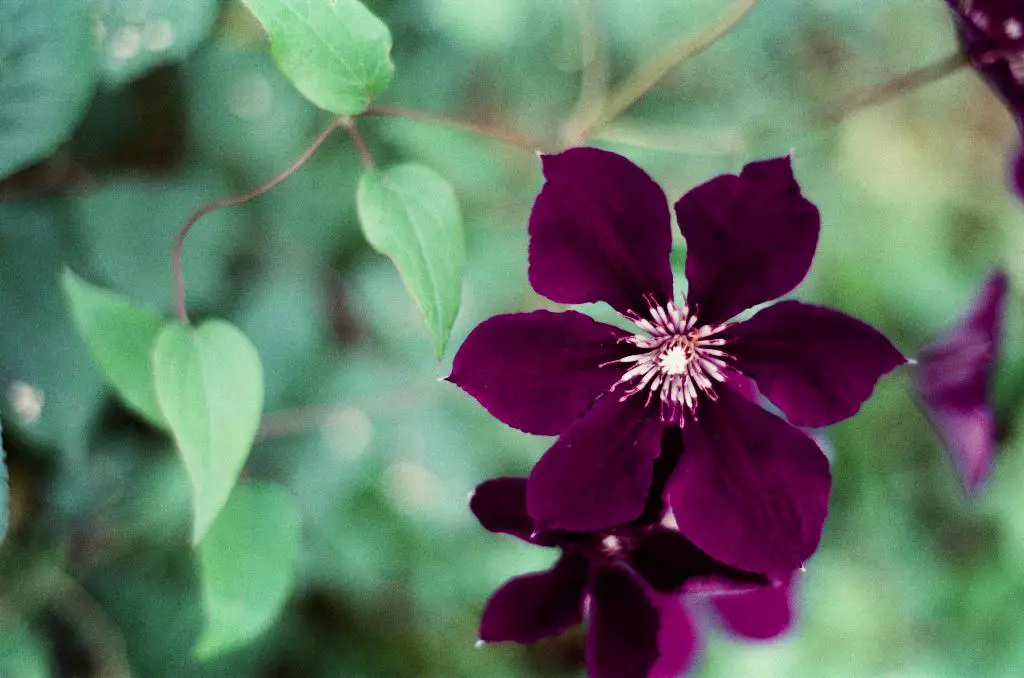Pruning your clematis is a common practice to help maintain the health and vitality of the plant. One question that often arises is whether it is appropriate to prune clematis in the fall. The answer to this question is not a simple yes or no, but rather it depends on the timing and specific conditions of your clematis plant.
According to expert gardeners, it is generally recommended to wait until late winter or early spring to prune your clematis. However, there are circumstances in which fall pruning can be acceptable. If you choose to prune your clematis in the fall, it is crucial to do so at a specific time to avoid damaging the plant.
Fall pruning of clematis should only be done in Very Late Fall, typically around early December. This timing ensures that the plant is fully dormant and less likely to experience any negative effects from pruning. Pruning too early in the fall can stimulate new growth, which may be susceptible to frost damage.
Timing is key when it comes to fall pruning of clematis. Waiting until the plant is completely dormant helps reduce the risk of harming the plant. It is essential to observe your clematis closely and assess its dormancy before deciding to prune in the fall.
Another factor to consider when deciding whether to cut back clematis in the fall is the specific variety of clematis you have. Different clematis species may have varying preferences when it comes to pruning timing. It is advisable to research the specific needs of your clematis variety before making any pruning decisions.
In regions with harsh winter conditions, fall pruning of clematis may not be recommended. It is essential to consider the climate and weather patterns in your area before deciding to prune in the fall. Extreme cold temperatures can pose a risk to newly pruned clematis plants.
When pruning clematis in the fall, it is crucial to use the right tools and techniques to ensure the health of the plant. Sharp, clean pruning shears should be used to make precise cuts without causing damage to the plant. Proper pruning techniques can help promote new growth and flowering in the next growing season.
Before pruning your clematis in the fall, take the time to inspect the plant for any signs of disease or damage. Removing any diseased or dead growth can help prevent the spread of illness and promote overall plant health. It is essential to address any issues before pruning to ensure the best results.
Consulting with a local gardening expert or horticulturist can provide valuable insight into the best pruning practices for clematis in your area. Local recommendations based on climate, soil conditions, and plant varieties can help guide your pruning decisions and ensure the long-term health of your clematis plants.
Ultimately, the decision to cut back clematis in the fall depends on several factors, including timing, plant variety, and local climate conditions. While fall pruning can be done under the right circumstances, it is essential to proceed with caution and follow expert guidelines to avoid damaging the plant. By taking the time to research and plan your pruning strategy, you can help promote the health and vitality of your clematis plants for years to come.

